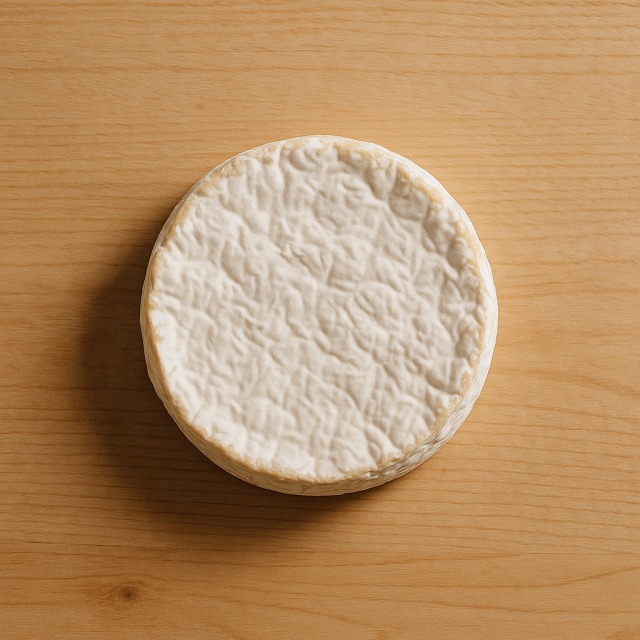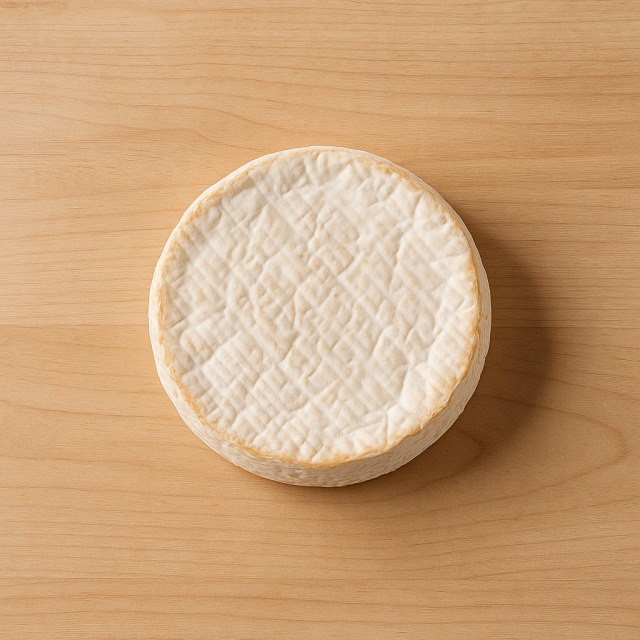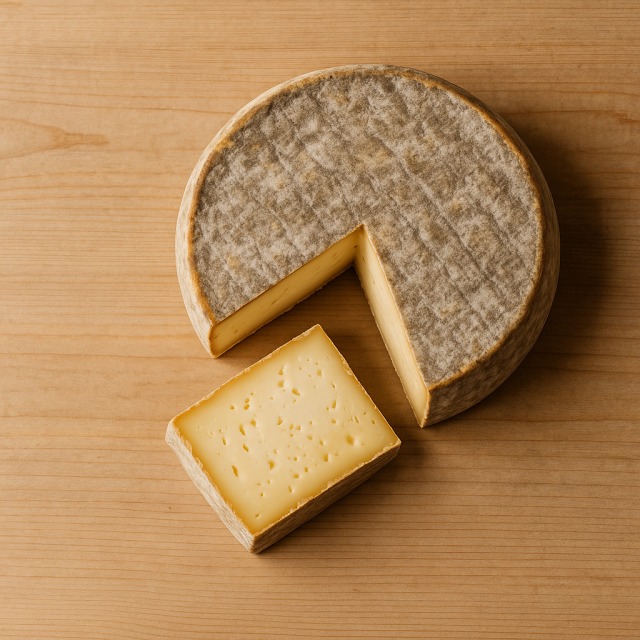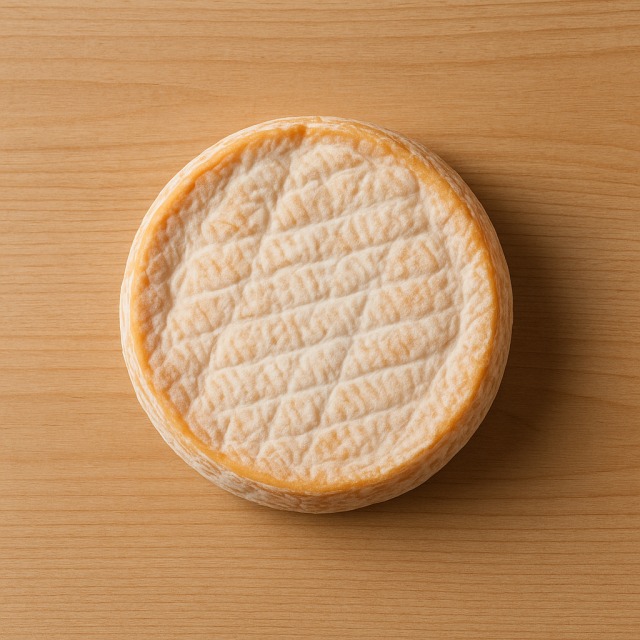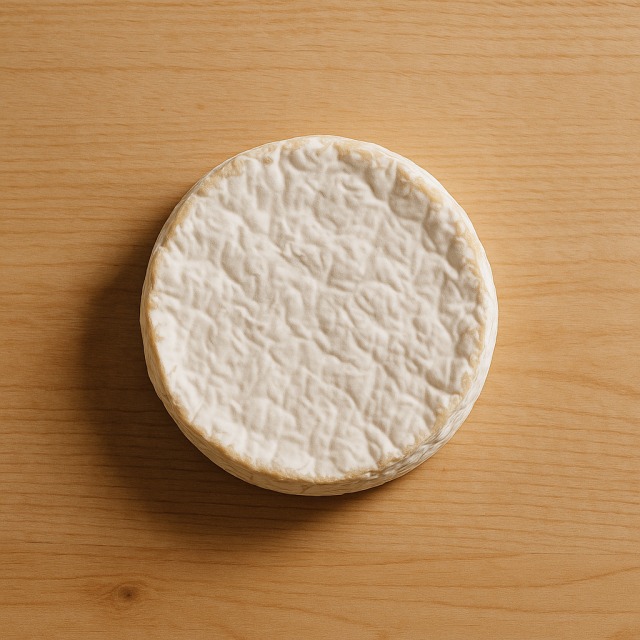Calorie Chart / Cheeses / Saint-Paulin
How Many Calories Are in Saint-Paulin?
Calculation of the nutritional value & Recommended Dietary Intake of Saint-Paulin
For g and a calorie requirement of kcal
| Calories 121 kcal | Proteins 9.6 g | Lipids 9.2 g | Carbohydrates 0 g |
| 6% | 13% | 14% | 0% |
Health benefits of Saint-Paulin
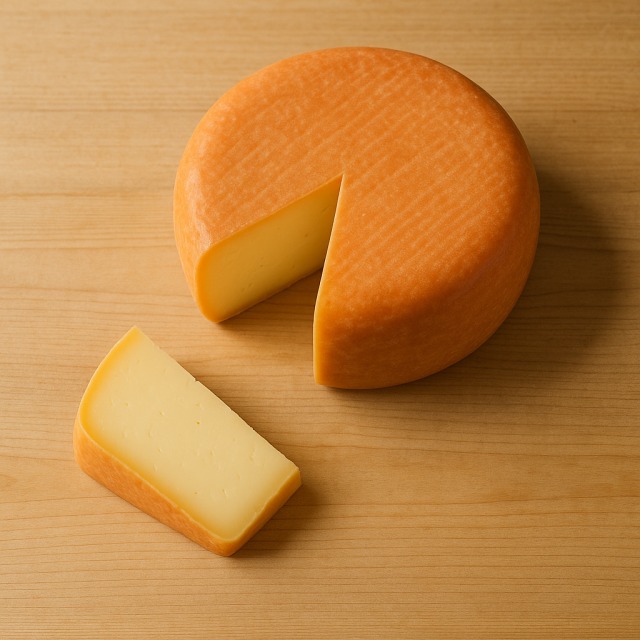
Saint-Paulin - 100g
Calories 303 kcal
Proteins 24 g
Lipids 23 g
Carbohydrates 0 g
Saint-Paulin is a high-calorie cheese: anyone searching for "Saint-Paulin calories" will notice it is more energy-dense than many fresh dairy products. Those calories come mainly from quality milk fat and 24 g of protein per 100 g, making it interesting for people who need concentrated nutrition without large portions.
Beyond calories, Saint-Paulin supplies calcium and phosphorus that contribute to normal bone maintenance, vitamin A that supports vision and skin, and vitamins B2 and B12 that help reduce tiredness. Zinc, present in moderate amounts, participates in immune function. Because it contains virtually no carbohydrates, its calories derive almost exclusively from lipids and proteins, which can be useful in low-carb meal plans.
Created by Trappist monks in Brittany at the end of the 19th century, this mild washed-rind cheese was intended to provide long-keeping calories and nutrients for rural populations. Its orange rind comes from natural annatto coloring and brine washing, not from artificial additives. These historical details enrich content around "Saint-Paulin calories" while showing that high-calorie foods can also carry cultural heritage.
To sum up, Saint-Paulin is a high-calorie element that offers valuable micronutrients and easily digestible proteins, but portions must be managed according to individual calorie goals.
Tips for incorporating Saint-Paulin into a balanced diet
If your objective is to enjoy Saint-Paulin without exceeding daily calories, limit yourself to 30–40 g per meal and complete the plate with high-fiber, low-calorie sides such as a green salad or homemade ratatouille. The vegetables add bulk without many calories and balance the richness of the cheese.
For a wholesome snack, place a thin slice of Saint-Paulin on a piece of toasted wholemeal bread and add a few slices of apple. You obtain a sweet-savory contrast, extra crunch, and fewer calories than a full cheese sandwich on a white baguette.
A post-workout recovery plate can mix 50 g of Saint-Paulin with a handful of walnut kernels and fresh fruit. The blend provides complete proteins, healthy fats, and stable calories that help replenish energy without excessive sugar.
Remember that melting cheese tends to encourage larger servings: grate instead of slicing when topping vegetables or a bowl of quinoa. You will cover more surface while keeping calories in check.
Frequently Asked Questions
- How many calories in Saint-Paulin?
- Saint-Paulin provides about 303 kcal per 100 g.
- Is Saint-Paulin a good source of protein compared with its calories?
- Yes. With 24 g of protein for 303 kcal, its protein-to-calorie ratio is comparable to many semi-soft cheeses.
- Can I eat Saint-Paulin while trying to reduce daily calories?
- You can, but portion control is essential because its calories are high. Limiting to 30 g saves roughly 90 kcal while still giving flavor.
- Does Saint-Paulin contain lactose?
- Like most ripened cheeses, its lactose content is very low. For people counting calories and avoiding lactose, it is usually well tolerated.
- How should I store Saint-Paulin to keep flavor and avoid wasting calories?
- Wrap it in waxed paper and place it in the cheese compartment of the fridge (8–10 °C). Proper storage prevents drying, mold growth, and needless calorie waste.
- Does heating Saint-Paulin change its calories?
- Cooking or melting does not remove calories; it only redistributes fat. The calorie count remains roughly the same unless you add other ingredients.
Similar foods
Information provided by Calorie Menu may contain inaccuracies or errors. It cannot, under any circumstances, substitute medical advice or medication.
